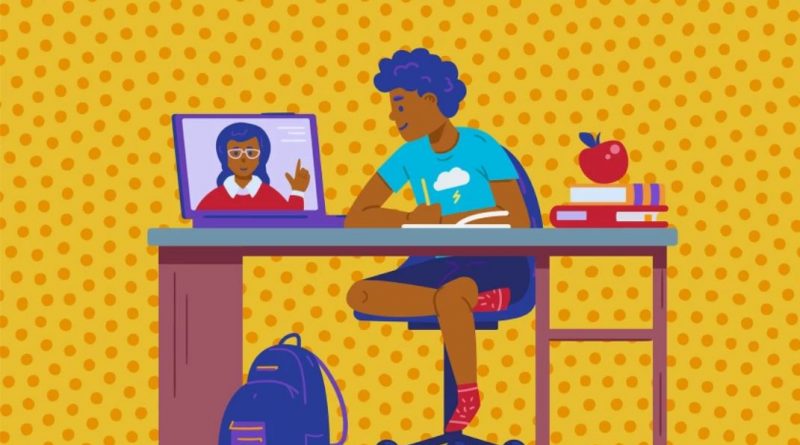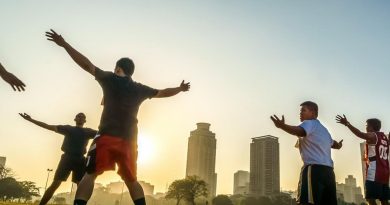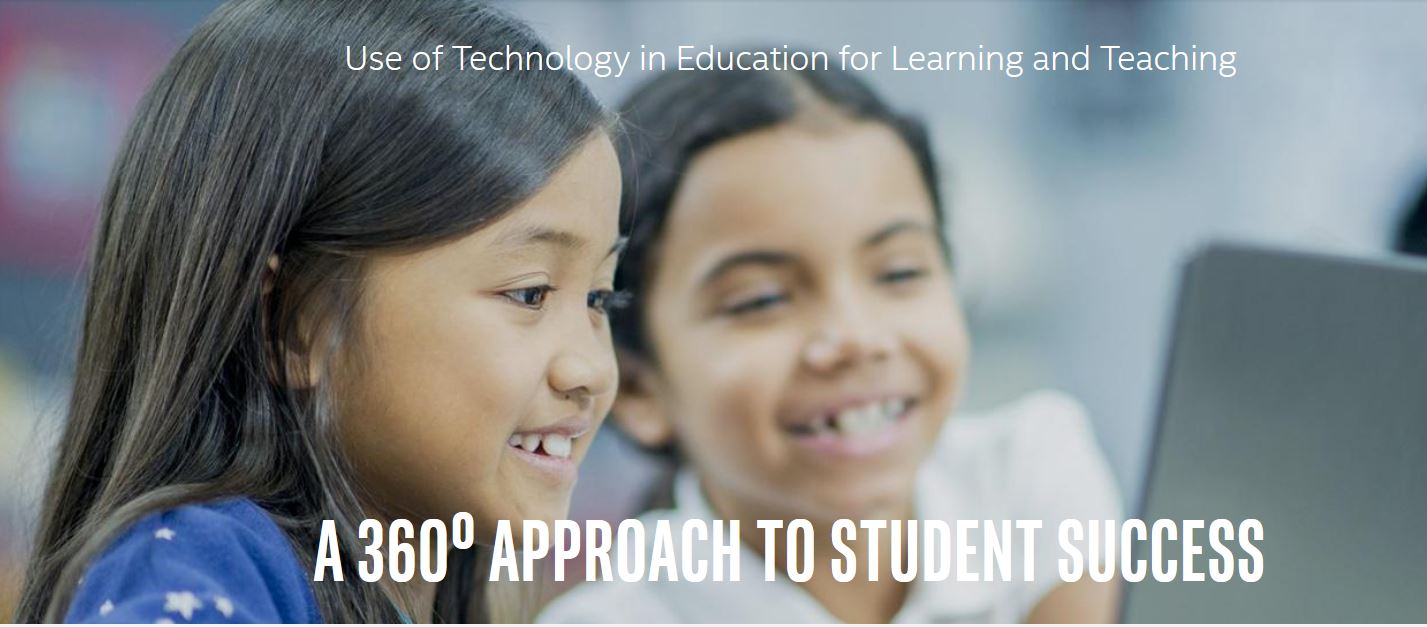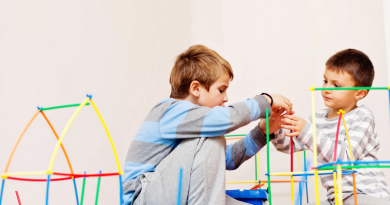How to Preserve the Good Parts of Pandemic Schooling
Before COVID-19, a parent we’ll call “Gabrielle” woke up every day at 4 a.m. She ate breakfast, got her children ready for school, and left for work by 5:30 a.m. Her kids left only a little later, at 6 a.m., because they had to catch three different buses to get to school. Even though the school was on the other side of town, it was worth the hardship because it was so much better than the local alternative.
Gabrielle and the kids would return home at 5:30 p.m., after a long day at work and school, to have dinner, complete homework, and only afterward get some sleep. Then, it started over at 4 a.m. the next day—until the pandemic arrived.
Over the last year and a half, families have experienced hardships and loss because of COVID-19. To explore the experiences of Baltimore families since the pandemic began, our research team surveyed 150 9th to 12th graders—students we had previously studied for a research project on youth mental health in 29 Baltimore public schools. For a subset of these 150 youth, we also interviewed one of their parents. Young people reported experiencing significant stress and adversity with respect to school disruption, family finances, and family illness and death. The students most keenly felt anxiety from falling behind in school and missing their friends.
But for some families, time away from the grind of the daily commute and the academic pressures and social minefields of school has been beneficial. In fact, many young people found that they had more time to prioritize their own mental health and strengthen their bonds with family members. For instance, almost half the teenagers that we surveyed over the past eight months asserted that the pandemic had either positively affected their lives or that their lives stayed the same. They were able to sleep more—a critical driver of health wellness for teenagers—and spend more time with family. This points to a couple of the unexpected advantages for youth during the last 18 months: an opportunity to benefit from school flexibility and reinforce familial relationships.
One 11th grade girl described her difficulty traveling to school on time and then sitting still for hours in the classroom before the pandemic. She now found that she could get things done better “being home in my own comfort zone and being able to move around.”
Schooling from home also offers more one-on-one time with teachers, for students and parents alike. “I can get more help virtually than having a teacher who’s … going to one student, one by one,” that same 11th grader noted. “He can just help us all at one time because we are all in one space.”
Parents reported having more of a handle on their children’s assignments and their due dates, as well as more interactions with teachers. For both parents and their teenagers, taking a break from the overscheduled nature of work, school, and activities also allowed them to increase family time, as well as their bonds with each other.
Teenagers are still trying to figure out their own identities and explore new things. For many, increased time at home also gave them the space to discover who they were and what they liked to do. Another 11th-grade girl told us that she started to like cooking more, learned to do her own hair, redecorated her room, listened to audiobooks, and started going on more walks. For others, the lack of social pressure and not having to deal with bullying in school allowed for a break from negative interactions with others, which led to improved mental health.
“There is a golden opportunity for schools—and parents—to help improve students’ learning experiences and reduce social stress despite the ongoing pandemic.”
The pandemic isn’t over, and stress about the effects of the Delta variant and lack of a vaccine for children younger than 12 is certainly an ongoing concern for schools and families. However, given that most youths are transitioning back to in-person schooling this fall, there is a golden opportunity for schools—and parents—to help improve students’ learning experiences and reduce social stress despite the ongoing pandemic.
First, schools should provide opportunities for students to give input on their return to in-person learning. This may include empowering students to name and continue to strengthen positive aspects of their lives during the pandemic, such as a focus on family relationships or newfound hobbies or interests, as well as to identify what parts of prepandemic schooling caused stress and how that stress could be reduced. There is no one-size-fits-all approach to student wellness; schools should assess students’ current academic and mental-health strengths and challenges to identify strategies that best address their diverse needs.
Second, school staff should consider incorporating some of the flexibility of remote learning into in-person learning, such as developing a hybrid model that allows students to learn either somewhat or always from home, starting school later to allow students to get more sleep, and using weekly Zoom calls to work more closely with students and parents. School staff should also identify ways to increase student social activities and implement effective anti-bullying programs.
At first glance, everyone wants nothing more than to return to normal once the pandemic ends. But if we dig a little deeper—or just ask the kids—we can find so many ways to learn from what the pandemic has been teaching us.
Source: https://www.edweek.org/leadership/opinion-how-to-preserve-the-good-parts-of-pandemic-schooling/2021/09




